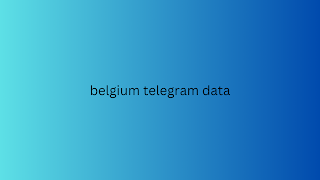Advertising deflation: in 2014 we were exposed to advertising 5,000 times, now it is 10,000 times a day. The costs of advertising are increasing, while people pay less and less attention to it.
Media explosion: there are more and more media channels and therefore a more fragmented media landscape, making it increasingly difficult to spread the message effectively.
Abundance: we have an abundance of products and services. That causes stress about choosing. 'Distinctiveness is the only thing that counts,' says Weima.
Sparse trust: people are increasingly less trusting, while people mainly pay attention to brands they trust.
Reach paradox: for an advertising space you pay for the potential reach, while things like banner blindness are not taken into account as a factor in determining the price of the advertising space.
Digital obsession: people are going crazy with the amount of digital communication, such as apps and notifications.
With the six attention grabbers described in this book, you give something back to your potential customer in exchange for their attention. According to Weima, online marketing is therefore not a holy grail. How can we solve this? By seeing attention as a new currency:
“People are willing to give belgium telegram data their voluntary attention to brands, but they want something in return.” – Weima
Attention grabbers
First of all, we need attention in attention marketing, otherwise we can't give anything back. You can attract attention in six different areas: help, emotion, status, new, inclusion and reward.

Staff
An attention-grabber where you can be pragmatic and relevant. Really offer a solution, answer questions and offer useful tools. I immediately think of Werk aan de Muur . They have an app with which you can use AR to place a work in the space, so you can better determine what size you want and whether the colors are right.
Emotion
Information linked to emotion sticks better. There are three types of emotions that you can use: humor, emotion and admiration. These can be linked to social issues. This can increase your impact.
